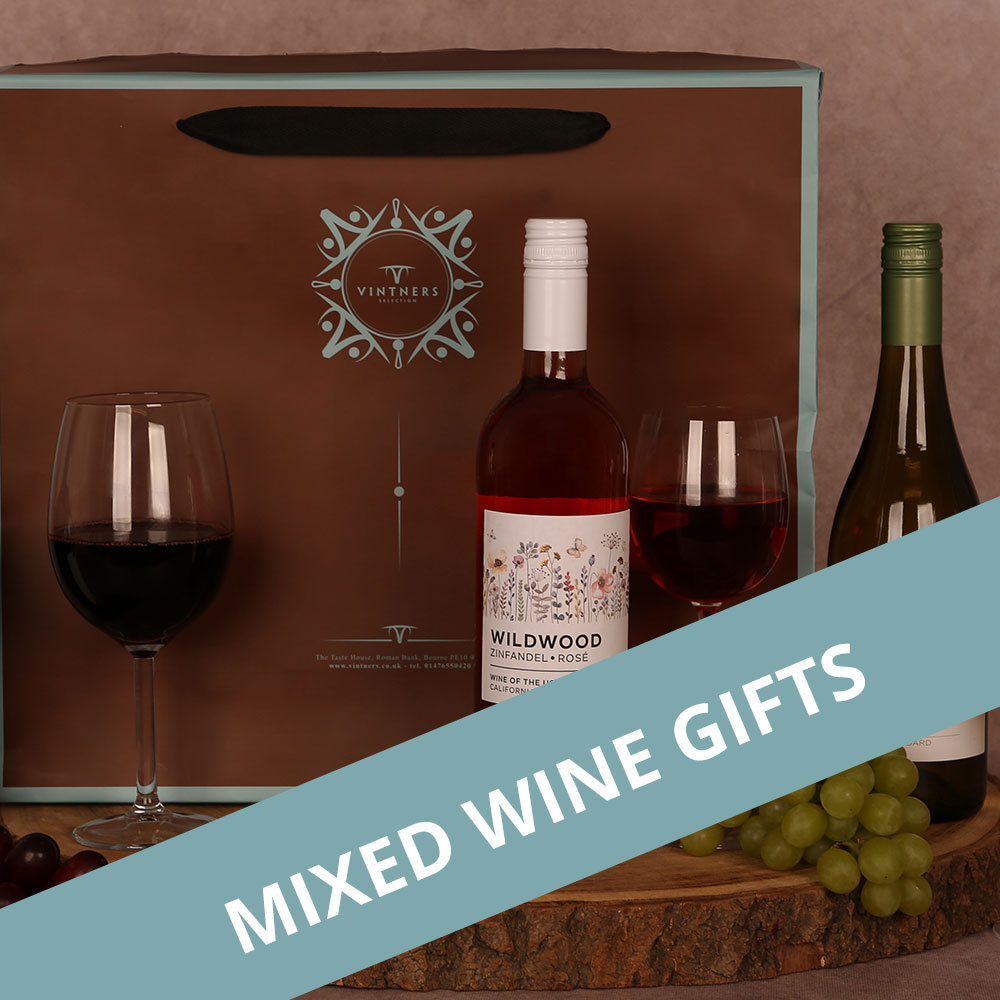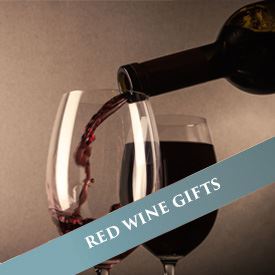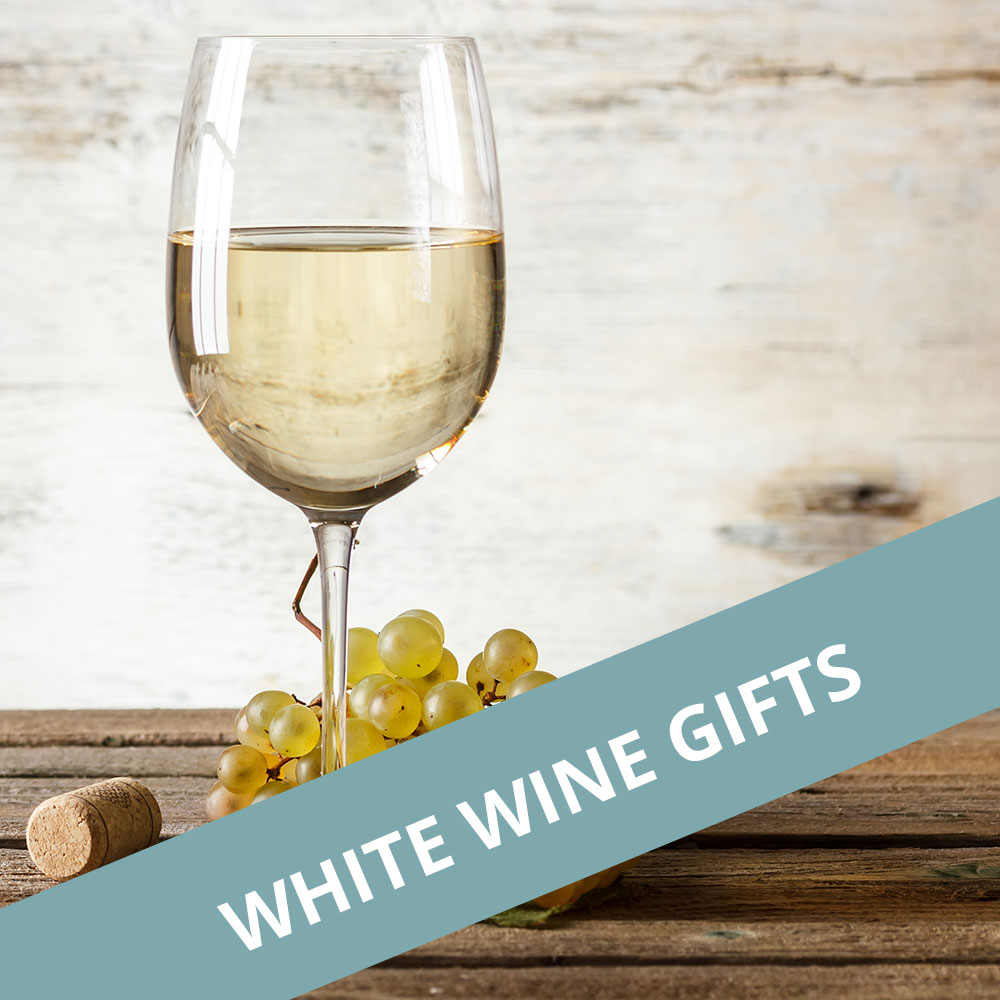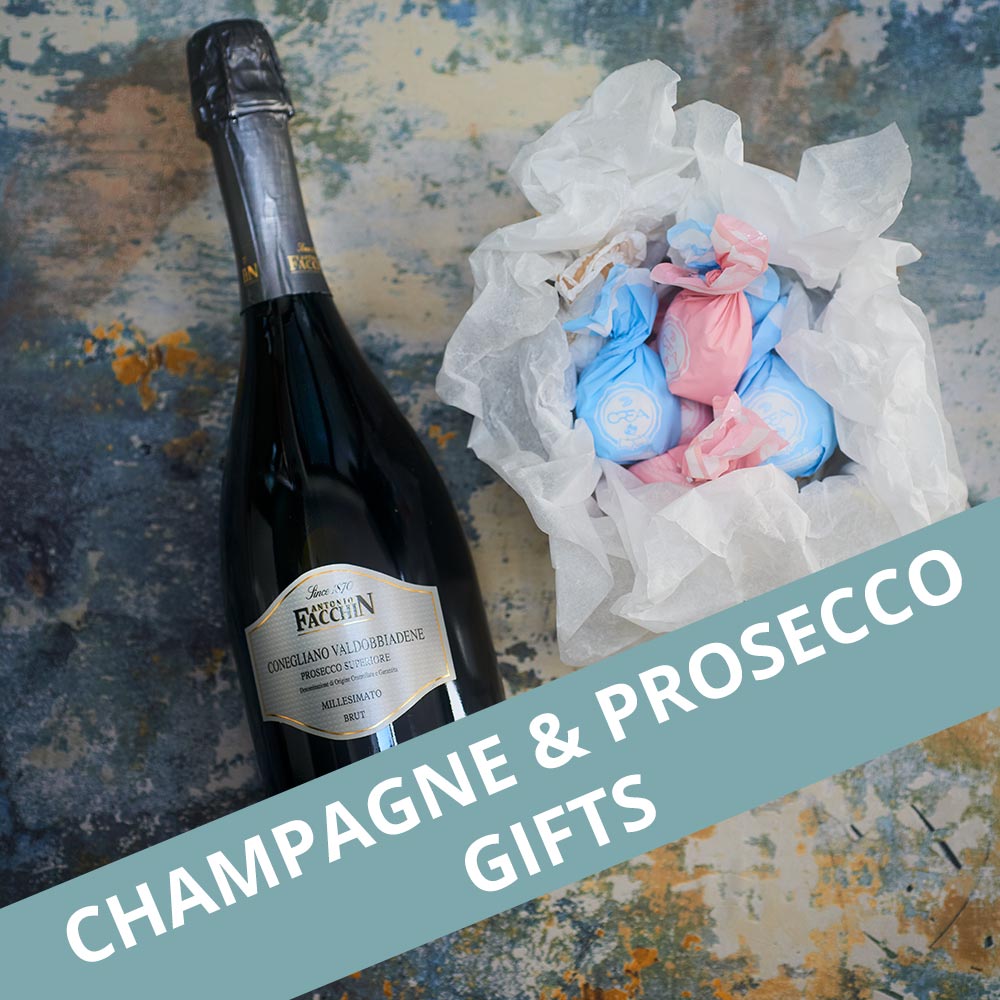You have no items in your shopping cart.
Your very own wine cellar - top tips
So you've been a wine enthusiast for some time, and you’ve been asking yourself “whats next?” The answer is simpler than you think – you NEED your own wine cellar! With a bit of foresight and a little careful planning to boot, you can create an expert wine collections which will compound your love for all things wine – and give you a fantastic talking point when you have guests visit for those wine tasting evenings! So why not take things to the next level, and follow a few of our simple tips for organising and creating your very own wine cellar?
1. Show your enthusiasm with a wine journal
Every enthusiast should have a portfolio, and wine tasting is no different! Buy yourself a notebook, where you can chronicle the details and nuances of every wine you sample. This can help you easily track the types of wine you like (and dislike!), as well as keep information on how they age over time, which foods they are great for pairing with; as well as information pertaining to the taste – showcase your tasting abilities, and show your guests notes on each wine you’re giving them, help them build a picture of the flavours they’re about to experience!
2. Don’t focus on one particular type
So after many years of refining your tasting palate, you’re bound to learn to love a certain type of wine. This is great, but if you plan on hosting taster evenings you have to factor in the adage “one mans junk is another mans treasure” – You may love a great pinot grigio – but that might not suit your guests. Buy a wide range of wines, and offer your guests a variety of different tastes to keep them surprised!
3. Do your research, in and out of home
Earlier we mentioned the importance of keeping a wine journal, which will help you keep a track of all the details of the wines you taste at home. But don’t forget, you can take your journal with you on your travels! Do some research locally by asking vendors and other wine enthusiasts about events near to you, or scour social media for enthusiastic groups which hold private taste evenings – get yourself out there and make sure you chronicle everything, you never know when you may come across a special wine which you need to add to your very own collection!
4. Purchase wines to complement your hosting style
When you’re hosting an evening for guests, wine isn’t the only thing on the agenda – you’re going to want to keep them entertained, and well fed! If you’ve done your research previously and made the right notes, you will already have a great idea of what wines complement certain types of food. For example, I personally LOVE Mexican food! So when I hold wine evenings, I try to steer clear of higher alcohol content wines, as I’ve found light and dry bubbly wines or a good versatile rose works fantastic!
5. Don’t be afraid to ask!
Whilst the more experienced wine enthusiasts may already have a good roadmap as to who they should consult to broaden their scope, for the fresher tasters out there it can be a daunting and intimidating experience, especially if you feel your lack of knowledge might leave you with a red face! The key factor is to be transparent – if you have questions you can always ask experts! Here at Vintners Selection we have a combined knowledge spanning several decades, so if you’re looking for a great starting point you can always start by contacting us!
6. The key to a good cellar is organisation
It doesn’t matter what you collect or display in your home, if you’re a true enthusiast you will know the importance of good organisation. Really this is a matter of personal preference as to how you decide you want your bottles organised, but beyond splitting them by colour you may want to consider offering different racks for different regions, foods and even by alcohol content. Another little tip as well is to keep your more prestige vintages and bottles on a rack which is not so much out of sight...but not so easy to catch the eye – otherwise you might end up accidentally plucking one of your better bottles out on a whim and regret it, which leads us nicely onto tip #7..
7. Buy more than one bottle!
This isn’t just a precaution in case of accidental consumption of a personal favourite (trust me, it happens!), but it’s always a fantastic idea to have a backup bottle stored away somewhere. In addition to the aforementioned issue, this will also help out in the event you get a bad bottle – you can determine if perhaps it was a one off, or maybe it’s a matter of age – or maybe the particular bottles you bought were from a bad batch. Either way this is a good preventative and informative measure to take.
8. Set out a clear plan
As is with any hobby, when they’re new and especially exciting it is all too easy to just go overboard and blind buy to make up numbers. DON’T. Before you start, make a concise plan detailing your budget – not just for what you decide to add to your collection, but also to replenish anything you consume. This way you can keep a closer eye on what you’re spending, and essentially keep the wine flowing!
Another thing you might want to consider is the importance of implementing some solid cellar guidelines. This will help you to avoid blind impulse buys, as you will know how many of each type you wish to store and what criteria they meet, be it by vintage, region or grape type.
9. Purchase different vintages
Wines can change dramatically with age, so a particular bottle may not be quite to your taste depending on its vintage. If your budget allows it, try and buy from a few different vintages (if they’re available), this is also a great idea for your journal as you can build a more detailed picture on how each bottle ages over time, and which vintages suit your particular palate.
10. Sway the balance towards reds
Earlier I pressed on the issue of ensuring you have a fantastic selection of wines across a plethora of different styles. Whilst this is very much true as you always want a great varied selection for yourself and your guests, take into account that whites age across a much shorter timescale. Reds will age better across greater time periods, so store red indefinitely, and store your whites with the aim to drink them across a maximum of six years or so.
Ultimately, these tips are just the “tip” of the iceberg when it comes to the creation your collection. Use them as simple guidelines and soon enough you will have a wine cellar to be proud of!

 Free UK Delivery
Free UK Delivery




